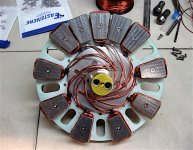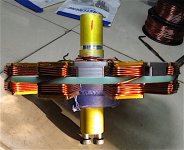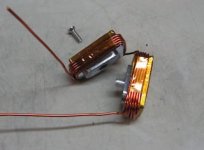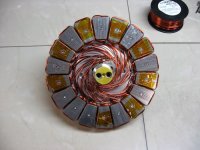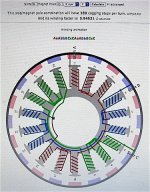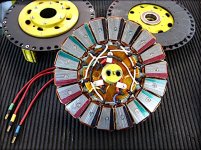Thecoco974
10 W
- Joined
- Dec 7, 2016
- Messages
- 94
A variable magnetic fields induce a voltage in a conducting path 90° from his vector direction. So a rotating magnetic field induce a voltage in radial lamination. If the isolation is perfect no current is flowing, so all good, but in reality it isn't perfect so small currents are flowing and causing drag. The continuously wind stators (most axial flux motor are made that way) have not this problem since all lamination are tangential.
Maybe not accurate but that's how i see it !
Envoyé de mon Redmi Note 3 en utilisant Tapatalk
Maybe not accurate but that's how i see it !
Envoyé de mon Redmi Note 3 en utilisant Tapatalk



